#tribal communities
Text
Things Biden and the Democrats did, this week #9
March 9-15 2024
The IRS launched its direct file pilot program. Tax payers in 12 states, Florida, New Hampshire, Nevada, South Dakota, Tennessee, Texas, Washington, Wyoming, Arizona, Massachusetts, California and New York, can now file their federal income taxes for free on-line directly with the IRS. The IRS plans on taking direct file nation wide for next year's tax season. Tax Day is April 15th so if you're in one of those states you have a month to check it out.
The Department of Education’s Office of Civil Rights opened an investigation into the death of Nex Benedict. the OCR is investigating if Benedict's school district violated his civil rights by failing to protect him from bullying. President Biden expressed support for trans and non-binary youth in the aftermath of the ruling that Benedict's death was a suicide and encouraged people to seek help in crisis
Vice President Kamala Harris became the first sitting Vice-President (or President) to visit an abortion provider. Harris' historic visit was to a Planned Parenthood clinic in St. Paul Minnesota. This is the last stop on the Vice-President's Reproductive Rights Tour that has taken her across the country highlighting the need for reproductive health care.
President Biden announced 3.3 billion dollars worth of infrastructure projects across 40 states designed to reconnect communities divided by transportation infrastructure. Communities often split decades ago by highways build in the 1960s and 70s. These splits very often affect communities of color splitting them off from the wider cities and making daily life far more difficult. These reconnection projects will help remedy decades of economic racism.
The Biden-Harris administration is taking steps to eliminate junk fees for college students. These are hidden fees students pay to get loans or special fees banks charged to students with bank accounts. Also the administration plans to eliminate automatic billing for textbooks and ban schools from pocketing leftover money on student's meal plans.
The Department of Interior announced $120 million in investments to help boost Climate Resilience in Tribal Communities. The money will support 146 projects effecting over 100 tribes. This comes on top of $440 million already spent on tribal climate resilience by the administration so far
The Department of Energy announced $750 million dollars in investment in clean hydrogen power. This will go to 52 projects across 24 states. As part of the administration's climate goals the DoE plans to bring low to zero carbon hydrogen production to 10 million metric tons by 2030, and the cost of hydrogen to $1 per kilogram of hydrogen produced by 2031.
The Department of Energy has offered a 2.3 billion dollar loan to build a lithium processing plant in Nevada. Lithium is the key component in rechargeable batteries used it electric vehicles. Currently 95% of the world's lithium comes from just 4 countries, Australia, Chile, China and Argentina. Only about 1% of the US' lithium needs are met by domestic production. When completed the processing plant in Thacker Pass Nevada will produce enough lithium for 800,000 electric vehicle batteries a year.
The Department of Transportation is making available $1.2 billion in funds to reduce decrease pollution in transportation. Available in all 50 states, DC and Puerto Rico the funds will support projects by transportation authorities to lower their carbon emissions.
The Geothermal Energy Optimization Act was introduced in the US Senate. If passed the act will streamline the permitting process and help expand geothermal projects on public lands. This totally green energy currently accounts for just 0.4% of the US' engird usage but the Department of Energy estimates the potential geothermal energy supply is large enough to power the entire U.S. five times over.
The Justice for Breonna Taylor Act was introduced in the Senate banning No Knock Warrants nationwide
A bill was introduced in the House requiring the US Postal Service to cover the costs of any laid fees on bills the USPS failed to deliver on time
The Senate Confirmed 3 more Biden nominees to be life time federal Judges, Jasmine Yoon the first Asian-America federal judge in Virginia, Sunil Harjani in Illinois, and Melissa DuBose the first LGBTQ and first person of color to serve as a federal judge in Rhode Island. This brings the total number of Biden judges to 185
#Thanks Biden#Joe Biden#Democrats#politics#US politics#good news#nex benedict#abortion#taxes#climate change#climate action#tribal communities#lithium#electronic cars#trans rights#trans solidarity#judges
357 notes
·
View notes
Text
👨👩👧👦Out with Incest Laws: Reconsider Blood Quantum Laws in Native Reparations
An open letter to State Governors & Legislatures
1 so far! Help us get to 5 signers!
I am writing to express profound concerns about the continued reliance on Blood Quantum Laws, or Indian Blood Laws, in Native Reparations Programs. These laws, established by federal and state governments as far back as 1705, define Native American status based on fractions of Native American ancestry, perpetuating harmful consequences for tribal communities and some, alarmingly, terminating before just 5 generations.
The use of Blood Quantum Laws has led to detrimental effects on Native American families and communities. It has incentivized harmful family planning practices, compelling individuals to marry within close kin networks to maintain "pure bloodlines." This practice not only violates individual autonomy but also jeopardizes genetic diversity and the long-term viability of tribal populations.
Of utmost concern is the declining population within many tribal communities, with some nearing critical thresholds of fewer than 1000 individuals. This situation is further exacerbated by the principles of population biology, particularly the 50/500 rule, which underscores the need for a minimum population of 500 individuals to reduce genetic drift and ensure sustained viability. It is troubling to note that these laws inadvertently encourage cousin marriages, posing additional risks to community health and resilience.
Moreover, Blood Quantum Laws impose an arbitrary expiration date on government-funded reparations and jeopardize the cultural continuity of these communities. By tethering Native American status to ancestry thresholds, these laws undermine the diversity and autonomy of tribal enrollment criteria.
I urge policymakers to urgently reconsider the use of Blood Quantum Laws in Native Reparations Programs and advocate for a more inclusive and sustainable approach to reparations. This approach should prioritize the cultural and social integrity of Native American communities, safeguarding their continued existence and resilience for future generations.
Our villages were razed by colonizers, our ancestors were genocide survivors, and, as ever, our children bear the enduring impacts of historical injustices.
Thank you for considering these critical issues and taking decisive action to address them.
Source:
📱 Text SIGN PBDXGL to 50409
🤯 Liked it? Text FOLLOW IVYPETITIONS to 50409
#IVYPETITIONS#PBDXGL#resistbot#Blood Quantum#Native American#Reparations#Tribal Communities#Genetic Diversity#Indigenous Rights#Cultural Integrity#Population Biology#Government Policy#Historical Injustices#Tribal Enrollment#Ancestry Criteria#Native Identity#Kinship Networks#Genetic Drift#Tribal Sovereignty#Cousin Marriages#Diversity and Autonomy#Indigenous Heritage#Colonial History#Policy Reform#Social Justice#Human Rights#Cultural Survival#Community Health#Historical Trauma#Advocacy
3 notes
·
View notes
Quote
Tribal communities face marginalisation and oppression on multiple fronts — in terms of their lands, their forests, their access to basic services, and overall discrimination. However, government policy has not treated any of these as priorities. In the case of forest and land rights, it has been actively undermining the rights of these communities. This needs to stop if genuine development or empowerment is to take place.
Shankar Gopalkrishnan, manager at the tribal interest group Campaign for Survival and Dignity
#Campaign for Survival and Dignity#Shankar Gopalkrishnan#Tribal communities#marginalisation#oppression#discrimination#government policy#land rights#India
8 notes
·
View notes
Text
Social Security's growing reliance on the internet to deliver services and benefits adds to the challenge of reaching tribal communities.
0 notes
Text
Nearly 10 incidents of wildlife attacks in two weeks: Need realistic understanding and practical solutions
About 10 people were fatally injured through encounters with wildlife in Kerala during that last two weeks. This may be unusually high within a short period of time. Ordinary people, especially those who live in areas where such attacks take place, are agitated. Opposition parties, as expected from them, launched pubic agitations. There is a demand for higher and immediate compensation. There is…
View On WordPress
0 notes
Text
Preserving Egypt’s Natural and Cultural Heritage: Embracing Egypt’s Local Tribal Communities and Protected Areas.

An interwoven, harmonious, and intimate relationship is forged between local communities and the natural ecosystems that surround them. For millennia, tribal communities have thrived in treacherous and unforgiving natural conditions, enduring the scorching desert sun and the chilling winters along steep mountain ranges. The deep bond with nature reflects the significance of environmental conservation and the preservation of cultural heritage.
In Egypt, tribal community culture, tradition, and livelihood are shaped through their interaction with nature. These communities have learned to coexist with nature, developing sustainable methods to derive essential ecosystem services for survival and the conservation of pristine natural resources.
The Guardian reports that the majority of the world’s 6,000 national parks and 100,000 protected places have been established through the displacement of tribal peoples. To counter this concerning trend, the Egyptian Ministry of Environment, UNDP and the Global Environmental Facility (GEF) are championing the inclusion of local tribal communities in the conservation of Egypt’s vast protected areas through their joint Mainstreaming Biodiversity in Egypt’s Tourism (MBDT) project.
The Tribal Talks campaign encompasses five different regions and eleven tribes in Egypt:
Southern Sinai:
The Jebeliya Tribe: The Jebeliya tribe has called the Saint Katherine Protected Area 'home' for 1400 years. The tribe has a deep connection to the Saint Katherine Monastery, providing essential services such as safekeeping, gardening, and traveling to get supplies for centuries.
The Muzeina Tribe: The Muzeina tribe is a prominent tribe in Sinai with origins from Saudi Arabia. They are spread across more than two-thirds of the area, inhabiting the Gulf of Aqaba from Taba to Sharm El Sheikh to Ras Sudr. They were once nomadic pastoralists, but have settled due to education, water availability, and employment. Most of the tribe's members now live by the shore and depend on fishing for their livelihood, which has been their intergenerational profession
The Tarabin Tribe: The Tarabin tribe is considered one of the largest Bedouin tribes in the Sinai Peninsula. They originally arrived in the region from Saudi Arabia around 750 to 1000 years ago.
People of Al Gharqana Village: Gharqana village, north of Sharm El Sheikh, is a quaint fisherman's village that is inhabited by different tribes, mostly Al Muzeina. Fishing is the livelihood for most of the community, except for a few who work in tourism. Gharqana is in Nabq Protected Area, a haven for migrating birds with rare elements like mangrove trees.
Southern Red Sea:
The Ababda Tribe: The Ababda tribe, originally from Saudi Arabia, has inhabited the Red Sea coastline from Ras Ghareb until Halayeb for centuries. Their reliance on nature and limited resources for survival has led to the formation of tribal conservation laws prohibiting the cutting of green trees and allowing the usage of dry ones.
The Bishari Tribe: The Bishari tribe, one of the oldest in Southern Red Sea, arrived over four millennia ago from Northeast Africa and are a major division of the Beja people. They served as border protectors throughout history, speaking Bidhaawyeet or Rotana language.
Nubia:
The Nubians: The Nubians, the oldest ethnic group in Egypt, are indigenous to Nubia and have preserved their language for 7000 years. Women in Nubia are held in high regard and are attributed with the preservation of the Nubian culture, and language as they took care of the villages on their own when men traveled for work.
North Coast:
Matrouh Tribes: The coast of Matrouh is a place of cultural richness, with five main tribes who arrived in Matrouh in two main migrations, the first during the Islamic conquests. Despite living on the coast, their culture is closely tied to the desert, historically having little interaction with the sea. These tribes have adapted to change while still holding onto their cultural heritage in the desert, inspiring to see.
Western Desert:
The Amazigh Tribes: Siwa Oasis is home to the local Amazigh tribes, descendants of North African Amazigh. While the Amazigh lived in Siwa during Pharaonic times, the majority migrated to Siwa after the Islamic conquests due to a drought in North Africa. Today, the current inhabitants of Siwa Oasis are a mix of Amazigh and Arab tribes with a cultural blend between the 2 cultures. They all speak Siwi, a dialect of the Amazighi language.
People of Farafra Oasis: The people of Farafra Oasis have a rich cultural heritage from their diverse origins, with eight main tribes coming from various Arabic countries, intermarrying and creating a unique blend of cultures.
People of Bahareya Oasis: The people of Wahat Bahareya rely on agriculture and tourism for their livelihood. The use of Roman and Pharaonic wells allows for vast amounts of palm trees, but it's in tourism where the people of Bahareya truly shine.
ECO EGYPT is a nationwide campaign that promotes for ecotourism in Egypt’s ecological sites and protected sites. The ECO EGYPT campaign is developed by the Mainstreaming Biodiversity in Egypt’s Tourism Project (MBDT); MBDT is implemented by the Egyptian Environmental Affairs Agency (EEAA) cooperation with the United Nations Development Programme (UNDP) and funded by the Global Environment Facility (GEF) with the National Bank of Egypt (NBE) as a Strategic Partner for the campaign.
#TribalTalks#EcoEgyptExperiences#egypt#arabic language#tribal communities#Biodiversity in Egypt’s Tourism Project (MBDT)#Egyptian Environmental Affairs Agency (EEAA)#United Nations Development Programme (UNDP)#Global Environment Facility (GEF)#Campaign#People of Bahareya Oasis#People of Farafra Oasis#Amazigh Tribes#Matrouh Tribes#nubians#Bishari Tribe#Ababda Tribe#People of Al Gharqana Village#Tarabin Tribe#Muzeina Tribe#Jebeliya Tribe
0 notes
Text
Manipur Violence: The Root Causes and the Way Forward
Introduction
The Manipur violence is a complex issue with a long history. The root of the conflict is a dispute over the status of the Meitei people, who are the majority ethnic group in the Imphal Valley. The Meiteis have long demanded Scheduled Tribe status under the Indian Constitution, which would give them privileges comparable to the tribal communities. However, the Kuki and other tribal…

View On WordPress
0 notes
Text
The Dongria Kondh tribe is an indigenous community living in the Niyamgiri Hills of Odisha, India. They have gained international attention due to their resistance against a proposed mining project in their sacred lands. The mining project aimed to extract bauxite, a key ingredient in aluminum production, from the hills considered sacred by the Dongria Kondh.
Their fight against the mining project highlighted their strong connection to the land, their cultural heritage, and the importance of preserving their traditional way of life. The Dongria Kondh successfully campaigned against the mining project, receiving support from environmental activists and human rights organizations. The case became a landmark in recognizing the rights of indigenous communities and their role in environmental conservation.
Several documentaries and films have captured the struggles and resilience of the Dongria Kondh community. One notable example is the documentary "The Last Avatar" directed by Shreedhar Sahu. This film explores the Dongria Kondh's battle to protect their sacred hills and their unique culture.
Additionally, you can search for other documentaries or short films on platforms like YouTube, Vimeo, or streaming services that might provide in-depth insights into the Dongria Kondh community, their customs, cultural practices, and their ongoing challenges.
1 note
·
View note
Text
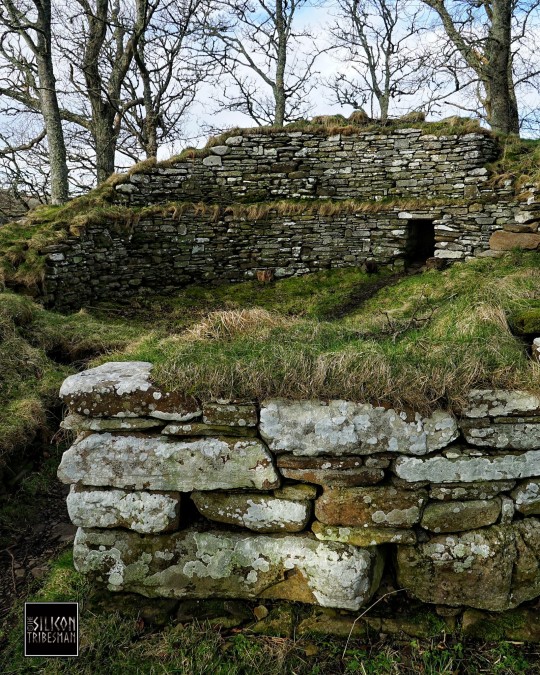
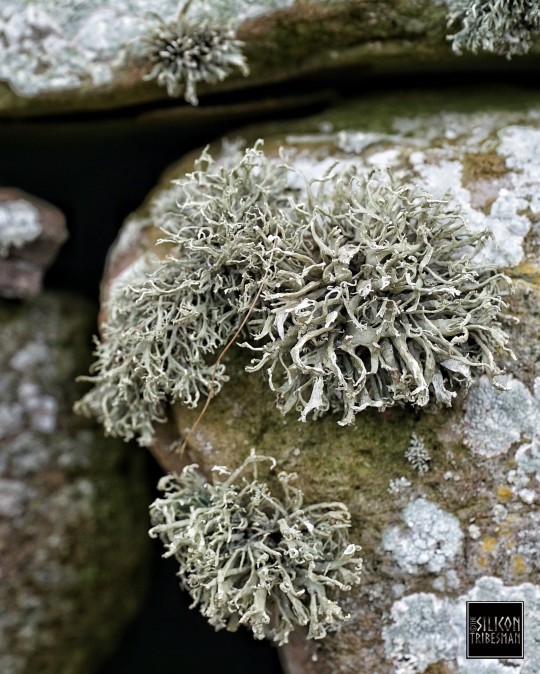
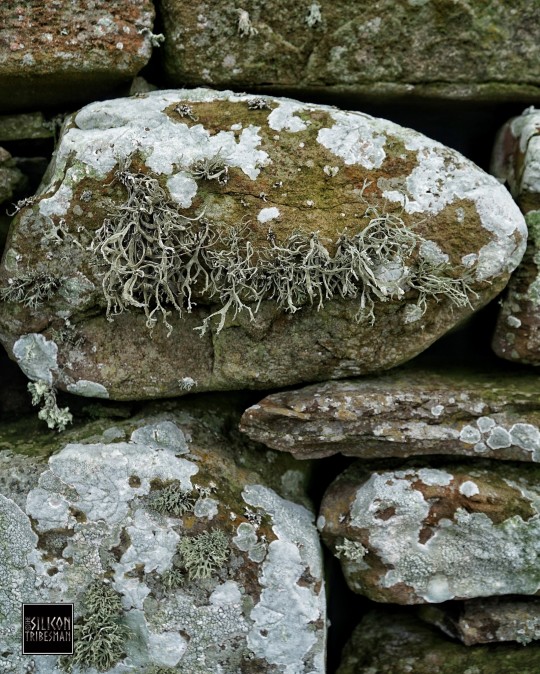
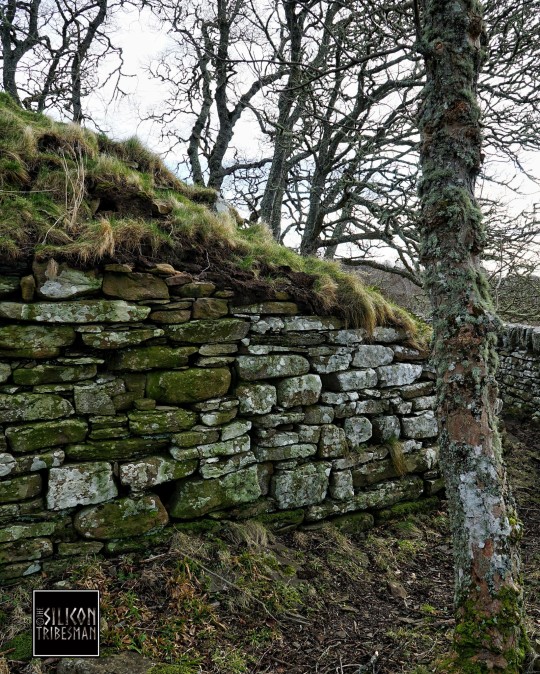
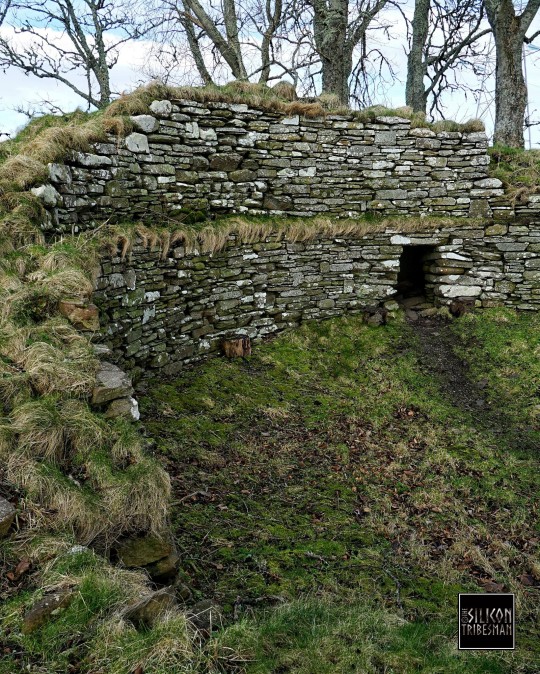
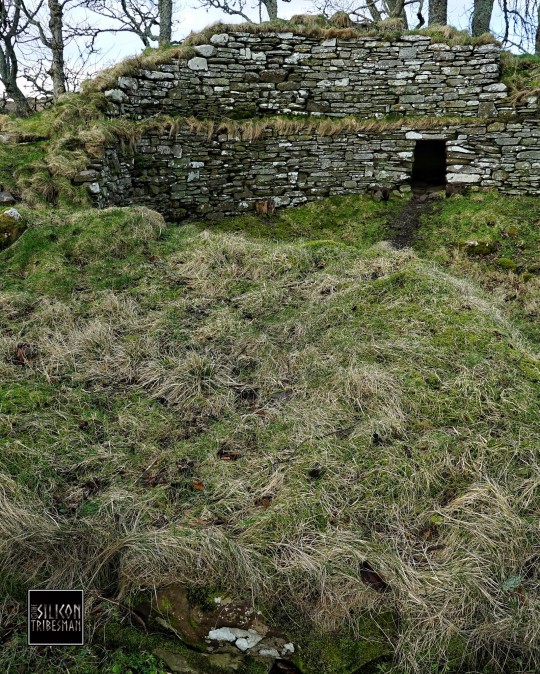



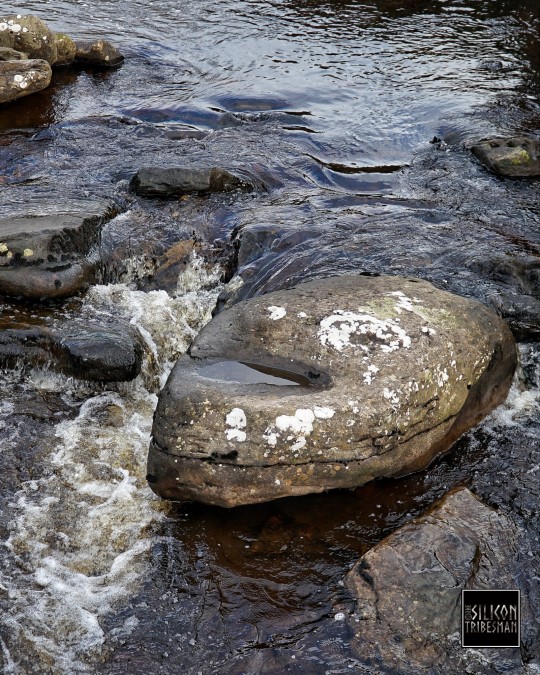
Dunbeath Iron Age Broch, Caithness, Scotland
#ice age#stone age#bronze age#iron age#copper age#broch#settlement#ancient craft#ancient cultures#ancient living#ancient sites#stonework#tribal#community#Scotland#Caithness#archaeology
235 notes
·
View notes
Text
Live laugh love captain killsha

#tribal hunter#tribal hunter captain killsha#captain killsha#furry community#furry fandom#furryfandom#furry#furry art#sfw furry#furry artist#furries#cute furry#furry character#shark furry
21 notes
·
View notes
Text
See I really can't take some of y'all asses seriously. When C*dy referred to a group of men of color as "goons" and called their culture "bullshit" fanning the flames of lateral violence against POC in a fandom where racism is already a huge issue and me and others simply stated that these were racist micro aggressions y'all called us over dramatic, y'all called us soft and said it was just storyline/a script and we were taking shit too seriously. Y'all said we needed to grow thicker skin because wrestling ain't nice and shit talk happens. But suddenly y'all wanna act like y'all give a fuck about marginalized communities and jump to become captain cancel culture the second Roman calls Seth a cross dresser. As a QOC (Queer of color 😅 I think I made that up just now.), I'ma need y'all to be so fucking for real. Y'all hold Roman to a way higher standard than anybody else on that damn roster and it's wild.
#roman reigns#the tribal chief#wwe roman reigns#the iwc is fucking shit show#this fandom is racist af#sure he probably shouldn't have said it#but that term isn't going to cause lateral violence against a community actively receiving death threats from the iwc#y'all let that yt man get away with anything but the second Roman or any other poc sneeze wrong y'all wanna burn em at the stake#fuck y'all
13 notes
·
View notes
Text
07.03.23 day 8

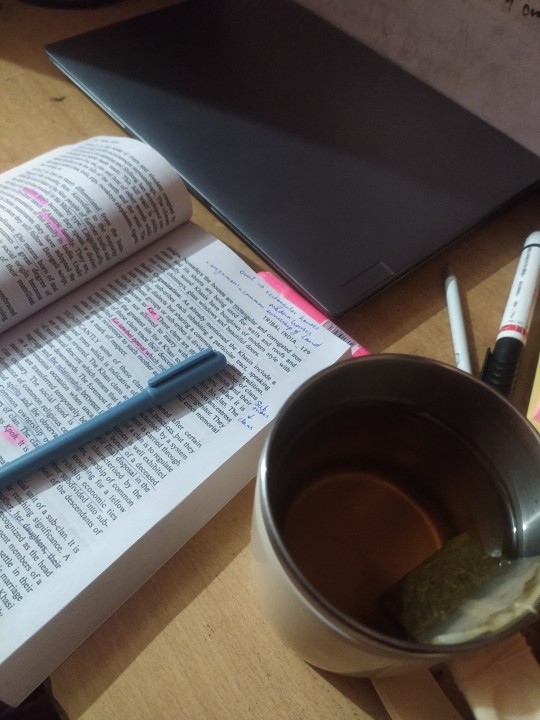
Indigenous tribes of India over green tea.
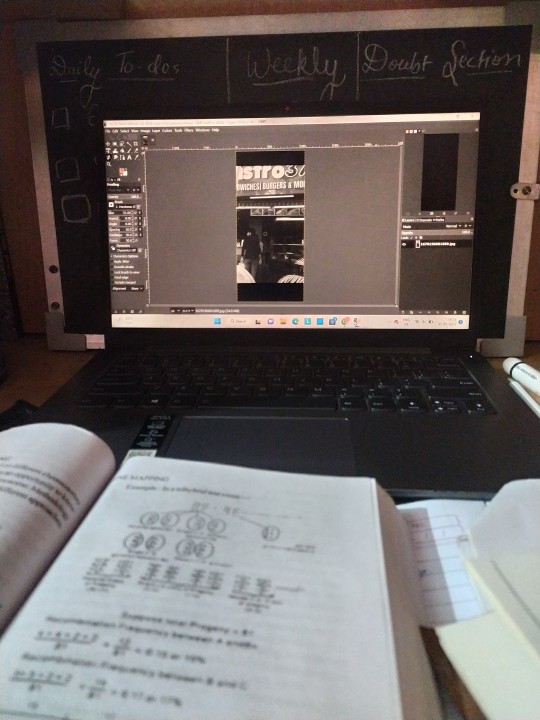

Haphazard day. Did some photo editing for a personal project. My rollercoaster ride hit quite low today.
#100 days of productivity#indian studyblr#study blog#study space#studyblr community#studying#studyinspo#upsc#hustle#study aesthetic#studyblr#new studyblr#green tea#tribal#anthropology#anthro#french music
91 notes
·
View notes
Quote
Although over 8% of India's population belongs to a tribe, according to the latest census, tribal communities are increasingly being squeezed to the margins of society. "Despite more than two decades of impressive GDP growth, India's growth has remained confined to enclaves of prosperity surrounded by vast hinterlands of deprivation. Indigenous communities of India have been pushed farther away from alluvial plains and fertile river basins into the harshest ecological regions of the country like hills, forests and drylands,” a "tribal development report" from the Bharat Rural Livelihoods Foundation (BRLF) reads.
Murali Krishnan, ‘India's tribes living on the margin of society’, Deutsche Welle
#Deutsche Welle#Murali Krishnan#India#tribal communities#deprivation#Indigenous communities#Bharat Rural Livelihoods Foundation#Land dispossession
2 notes
·
View notes
Text
By Sharon Brous
Rabbi Brous is the founding and senior rabbi of Ikar, a Jewish community based in Los Angeles, and the author of “The Amen Effect.”
A somewhat obscure text, about 2,000 years old, has been my unlikely teacher and guide for the past many years, and my north star these last several months, as so many of us have felt as if we’ve been drowning in an ocean of sorrow and helplessness.
Buried deep within the Mishnah, a Jewish legal compendium from around the third century, is an ancient practice reflecting a deep understanding of the human psyche and spirit: When your heart is broken, when the specter of death visits your family, when you feel lost and alone and inclined to retreat, you show up. You entrust your pain to the community.
The text, Middot 2:2, describes a pilgrimage ritual from the time of the Second Temple. Several times each year, hundreds of thousands of Jews would ascend to Jerusalem, the center of Jewish religious and political life. They would climb the steps of the Temple Mount and enter its enormous plaza, turning to the right en masse, circling counterclockwise.
Meanwhile, the brokenhearted, the mourners (and here I would also include the lonely and the sick), would make this same ritual walk but they would turn to the left and circle in the opposite direction: every step against the current.
And each person who encountered someone in pain would look into that person’s eyes and inquire: “What happened to you? Why does your heart ache?”
“My father died,” a person might say. “There are so many things I never got to say to him.” Or perhaps: “My partner left. I was completely blindsided.” Or: “My child is sick. We’re awaiting the test results.”
Those who walked from the right would offer a blessing: “May the Holy One comfort you,” they would say. “You are not alone.” And then they would continue to walk until the next person approached.
This timeless wisdom speaks to what it means to be human in a world of pain. This year, you walk the path of the anguished. Perhaps next year, it will be me. I hold your broken heart knowing that one day you will hold mine.
I read in this text many profound lessons, two particularly pertinent in our time, when so many of us feel that we are breaking. First, do not take your broken heart and go home. Don’t isolate. Step toward those whom you know will hold you tenderly.
And on your good days — the days when you can breathe — show up then, too. Because the very fact of seeing those who are walking against the current, people who can barely hold on, and asking, with an open heart, “Tell me about your sorrow,” may be the deepest affirmation of our humanity, even in terribly inhumane times.
It is an expression of both love and sacred responsibility to turn to another person in her moment of deepest anguish and say: “Your sorrow may scare me, it may unsettle me. But I will not abandon you. I will meet your grief with relentless love.”
We cannot magically fix one another’s broken hearts. But we can find each other in our most vulnerable moments and wrap each other up in a circle of care. We can humbly promise each other, “I can’t take your pain away, but I can promise you won’t have to hold it alone.”
Showing up for one another doesn’t require heroic gestures. It means training ourselves to approach, even when our instinct tells us to withdraw. It means picking up the phone and calling our friend or colleague who is suffering. It means going to the funeral and to the house of mourning. It also means going to the wedding and to the birthday dinner. Reach out in your strength, step forward in your vulnerability. Err on the side of presence.
Small, tender gestures remind us that we are not helpless, even in the face of grave human suffering. We maintain the ability, even in the dark of night, to find our way to one another. We need this, especially now.
Here’s the second lesson from that ancient text. Humans naturally incline toward the known. Our tribes can uplift us, order our lives, give them meaning and purpose, direction and pride. But the tribal instinct can also be perilous. The more closely we identify with our tribe, the more likely we are to dismiss or even feel hostility toward those outside it.
One of the great casualties of tribalism is curiosity. And when we are no longer curious, when we don’t try to imagine or understand what another person is thinking or feeling or where her pain comes from, our hearts begin to narrow. We become less compassionate and more entrenched in our own worldviews.
Trauma exacerbates this trend. It reinforces an instinct to turn away from one another, rather than make ourselves even more vulnerable.
There is another important lesson from that ancient text. On pilgrimage, those who enter the sacred circle and turn left when nearly everyone else turns right are grieving or unwell. But the text offers that there is another who turns to the left: the person sentenced to ostracization — in Hebrew, the menudeh.
Ostracization was a punishment used sparingly in ancient times. It only applied to people who were believed to have brought serious harm to the social fabric of the community. The ostracized were essentially temporarily excommunicated. They had to distance themselves from their colleagues and loved ones, they were not counted in a prayer quorum, and they were prohibited from engaging in most social interactions. And incredibly, they, too, entered the sacred space, where they, too, were asked: “Tell me, what happened to you? What’s your story?” And they, too, were blessed.
This is breathtaking. The ancient rabbis ask us to imagine a society in which no person is disposable. Even those who have hurt us, even those with views antithetical to ours must be seen in their humanity and held with curiosity and care.
We desperately need a spiritual rewiring in our time. Imagine a society in which we learn to see one another in our pain, to ask one another, “What happened to you?” Imagine that we hear one another’s stories, say amen to one another’s pain, and even pray for one another’s healing. I call this the amen effect: sincere, tender encounters that help us forge new spiritual and neural pathways by reminding us that our lives and our destinies are entwined. Because, ultimately, it is only by finding our way to one another that we will begin to heal.
15 notes
·
View notes
Text
Discouraging Teenage Sex: Is POCSO an appropriate tool?
There are many boys especially from tribal communities in India who face court trials for rape due to their sexual/marital relationships with girls who are lesser than 18 years old. Most of these are non-coercive sexual relationships between teenagers or that between a teenager and an adult of say 18-20 year old. Legally, these cases come under the Protection of Children from Sexual Offences…
View On WordPress
0 notes
Text
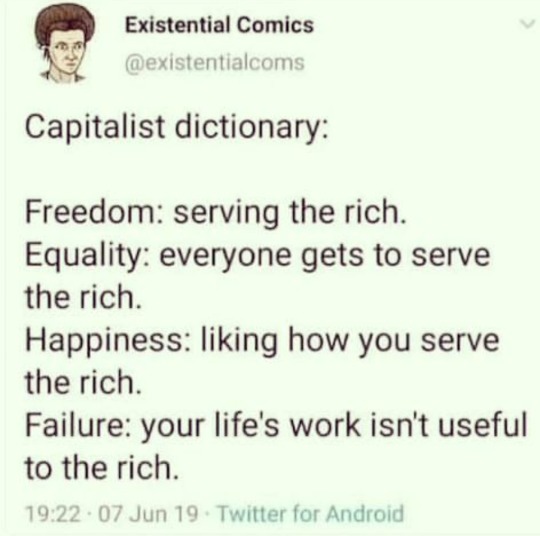
#capital#capitalism#colonialism#colonization#dictatorship#brown pride#indigenous#turtle island#native american#ndn#rez life#n8v#metis#tribal#destroyers of worlds#communism#socialism#landback#water is life#water is alive#indian#american indian#chicano#mexico#border war#your border crossed us#imaginary line in the sand#stolen land
32 notes
·
View notes